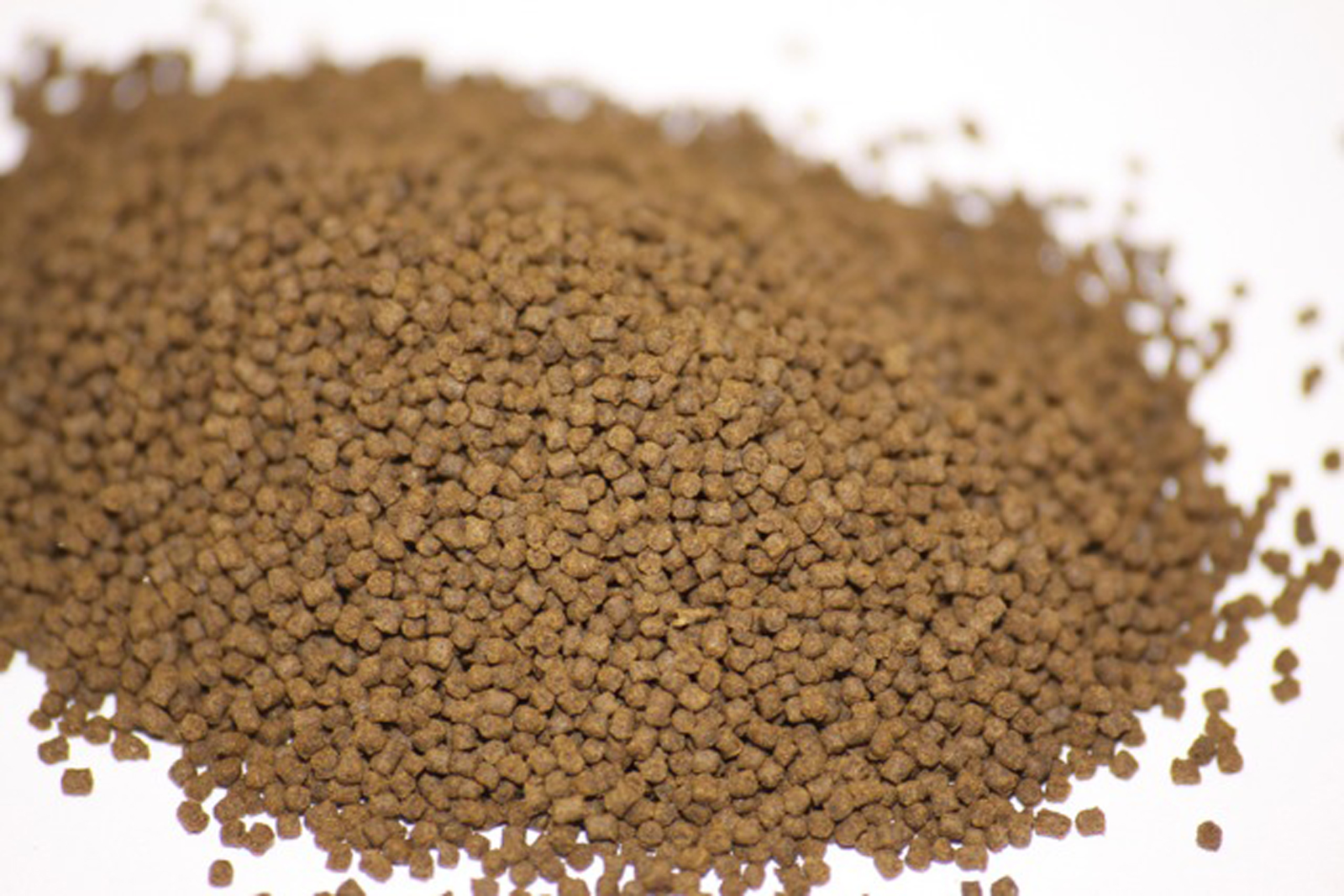Polychaetes as valuable fish feed ingredient

Ragworms (polychaetes) are traditionally used as bait by fishermen. But processed ragworms are an excellent alternative to fishmeal. Odd Geir Oddsen explains how these worms can be turned into a speciality pelleted feed and how this benefits the end product.
The June edition of National Geographic magazine featured an in-depth look at the global aquaculture industry. The author, Joel K Bourne, reached the conclusion that what’s fed to farmed seafood may ultimately be a much more important question than where it’s farmed, due to increasing pressure on fishmeal and fish oil to feed carnivorous fish. It was awareness of this conundrum which led to the setting up, in February 2013, of ProChaete Innovations Ltd. The company is the brainchild of Norwegian OddGeir Oddsen, who has a long track record of working in the aquaculture feed and salmon farming sectors, both in Norway and in Scotland (see box). In the quest to find alternatives for fishmeal, the company focuses on growing polychaetes (Nereis virens, marine worms, also known as ragworms). Polychaetes are a natural part of the diet of fish and shrimp in the wild and have strong digestibility traits. They are found in the shallow, sandy seabed around the United Kingdom, and have long been prized by sea anglers as high-quality bait. They are traditionally considered an important constituent for shrimp maturation diets, and as live feed for flatfish. They contain long-chain fatty acids, prostaglandins and bromophenols. “This bromophenol content is important as this is retained in fish and crustacean flesh and gives the product the typical sea-food flavour,” according to Oddsen.

OddGeir Oddsen, managing director of Prochaete Innovations Ltd, has an MSc in Molecular Biology from University in Bergen, Norway. He started work with feed production and sales within Skretting, developing some unique processes which were patented. He built and ran a state-of-the art R&D feed mill and as technology manager, led the integration of Skretting Technology Development into Nutreco’s Aquaculture. In fish farming, he was CEO of the re-born Pan Fish Scotland, and continued in this role when the company was floated on the Oslo Axess as Lighthouse Caledonia. He then served as CEO of the international salmon breeding company SalmoBreed.
Incorporation in feed
The company is producing the ragworms in commercial quantities in large-scale, biosecure shallow ponds in Wales. A major advantage is that these worms are farmed thousands of miles away from any open-water shrimp farm, and are therefore free of any of the diseases that affect shrimp. From first seeding with nectochaete to the first harvest of worms can take 8-12 months. The farmed worms are sold as a traditional frozen product or as specialty feed, produced with processed ragworms. The worms in their processed form can hence be incorporated as an ingredient in feed for fish. For example in trout diets. “At present, feed constitutes roughly 40-50% of the production cost of popular fish species such as salmon and trout. It therefore makes commercial sense for farmers to optimise the balance between nutritional input and saleable ‘flesh on the bone’ and to have access to feed which is cost-efficient and fully utilised. We have carried out trials in which we replaced fishmeal with our own fishmeal replacer (FMR). The growth in trout using the polychaete based feeds was better than with commercial trout diets, giving good muscle texture and pigmentation. We also showed that palatability, digestibility, growth and quality are at least as good as with fishmeal-based feed,” says Oddsen.
Specialty shrimp feed
Polychaetes can be incorporated in shrimp feed. One of the latest innovations of the company is a speciality feed for shrimp. The full range includes feeds that start at first-feeding of larvae to final grow-out, as well as providing speciality maturation feeds for shrimp brood stock. The feeds are extruded and shaped in to a pellet. The diets for the larvae and maturation stages have very little or zero plant protein in them. The grow out shrimp feed contains polychaetes plus plant protein. The common factor in all the shrimp feed products is polychaetes. With regard to warm water prawns (Peneaus vannamei), feed development and tests have taken place in Asia, Central America and the UK. In the maturation feed trials, more nauplii were produced per female, with higher survival rates than with producers’ current feed supply. In the larval phase, strong growth and low mortality were reported. Besides the trout and shrimp, trials with the fishmeal replacer have been carried out with sea bass and sea bream, focusing on biological performance and final product quality and taste. The company is also participating in wrasse-farming trials, in co-operation with Stirling University’s Institute of Aquaculture, Marine Harvest and Scottish Sea Farms. “We will expand to cater for other commercially grown species following specific trials in those areas,” adds Oddsen.
Reduce production costs
The production of polychaetes at the company’s Welsh location is enough to make at least 50,000 tonnes of feed per year. “But we do have plans for further expansion and diversification. In addition, we have also started a programme to test alternative technologies for farming worms. Our goal is to reduce the production cost, in order to make a high inclusion rate of worms in feed commercially attractive,” says Oddsen. This will include up-scaling, maximising biomass and reducing the length of the growing cycle.
[Source: AllAboutFeed Vol 22 nr 6, 2013]











